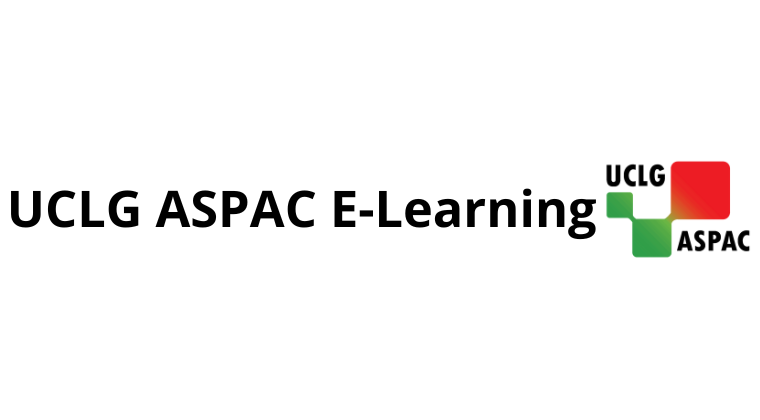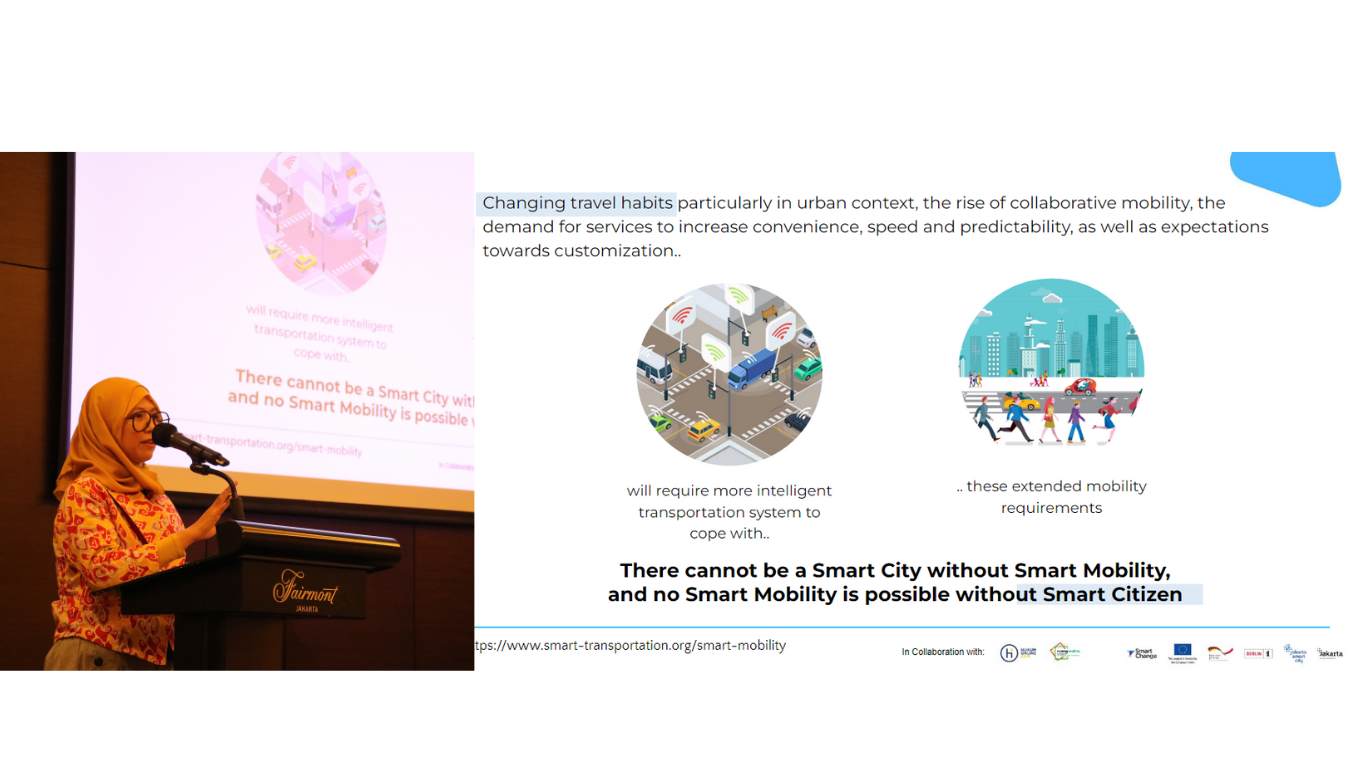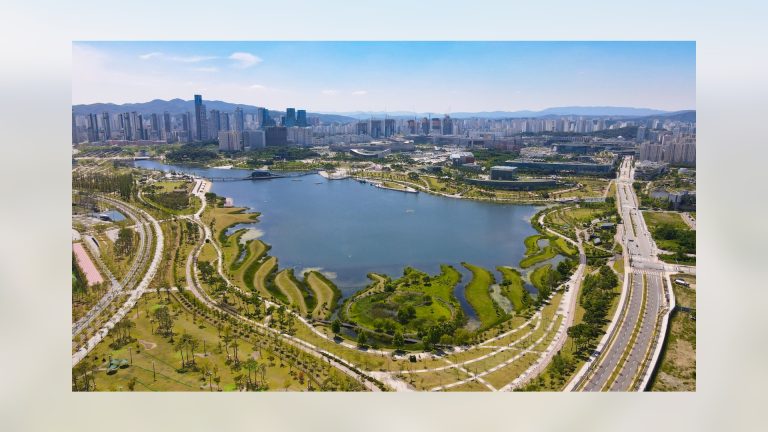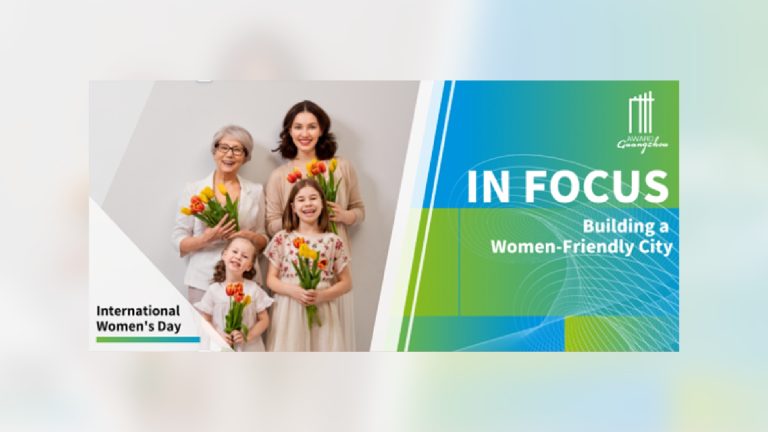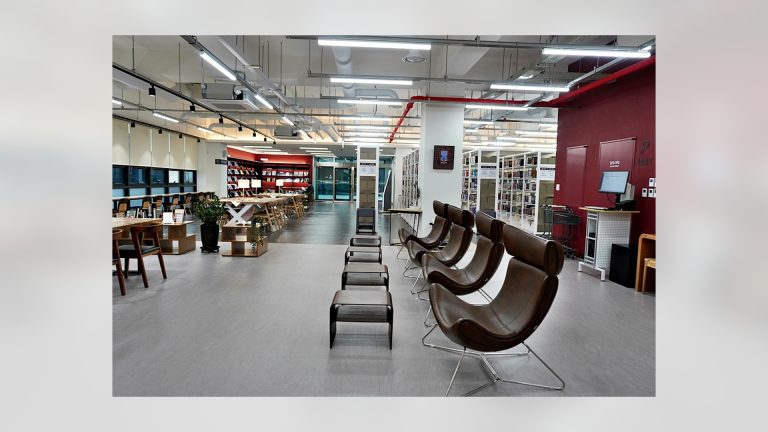Throughout history, the centre of economic and cultural activity have polarised into what we know as cities. Cities, as the window to opportunity, must be preserved and developed to serve a greater number of people, which resulting the rapid urbanisation process. Mobility that becomes a part of society in order to gain economic or social benefits for those who live in cities. One of the speakers at the U20 Mayors Summit Side Event is Ms. Puspita Dirgayani from the Bandung Institute of Technology. She spoke about “Bringing Human-Centred and Inclusive Approach to Smart City Ecosystem in Jakarta”. Ms. Dirgayani gave some shared some fruitful insights about smart mobility, one of the subsets of the smart city concept.
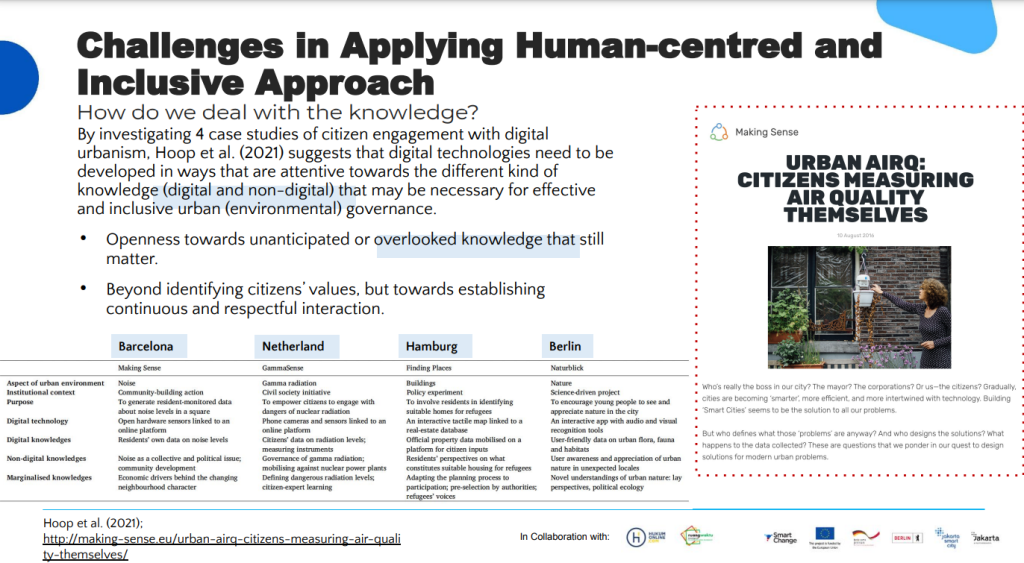
She began her keynote with the central question: “How do we govern transition towards smart mobility?”. As a result of the poor quality of public transportation in cities, motorised vehicle dominate the movement. Ms. Dirgayani recognised that the condition created a challenge, which is changing travel habits. One captivating line in her presentation said “there cannot be a Smart City without Smart Mobility, and no Smart Mobility is possible without Smart Citizen”, she said in her presentation. This indicates that it will require more than just one aspect to achieve the goals in Smart Mobility. She explained four mobility pillars: shared mobility, automated mobility, electric mobility, and intelligent andintegrated mobility pillar. These are the four pillars that Ms. Dirgayani asked citizens about when she wondered if this would result in smarter mobility.
Focusing more on smart mobility, Ms, Dirgayani highlighted the challenges of implementing mobility infrastructure in a human-centred and inclusive approach. There may be challenges and barriers, but Ms. Dirgayani’s presentation provided lessons learned and proposed solutions from an academic standpoint. Studies, research, capacity building related to approaches and implementation are valuable aspects for local governments to nurture their progress toward smart city goals. Lastly, Ms. Dirgayani explained future potentials for the implementation process, such as making sense of the problem, redefining stakeholders, and envisioning knowledge management.



